Yew turning brown... too much or too little water?
nadine33
15 years ago
Featured Answer
Sort by:Oldest
Comments (8)
Embothrium
15 years agoginny12
15 years agoRelated Professionals
Manorville Landscape Architects & Landscape Designers · Manchester Landscape Contractors · Middletown Landscape Contractors · Goldenrod Landscape Contractors · San Pablo Landscape Contractors · Marietta Window Contractors · Compton Window Contractors · Opa Locka Window Contractors · Alexandria Driveway Installation & Maintenance · Des Plaines Driveway Installation & Maintenance · Sunnyvale Driveway Installation & Maintenance · Albemarle Decks, Patios & Outdoor Enclosures · Blue Springs Decks, Patios & Outdoor Enclosures · Pecan Grove Decks, Patios & Outdoor Enclosures · Westminster Decks, Patios & Outdoor EnclosuresEmbothrium
15 years agoginny12
15 years agonadine33
15 years agochisue
15 years agochisue
15 years ago
Related Stories
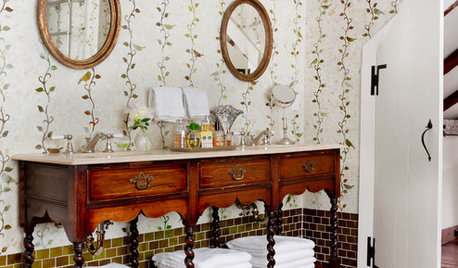
MOST POPULARYou Can Turn That Into a Bathroom Vanity?
Find inspiration in 13 unconventional bathroom vanities that are as functional as the real deal
Full Story
COLORFUL HOMESHouzz Tour: Turning Tradition on Its Head in Vermont
Leopard-spotted stairs, Victoriana paired with Lucite and other daring style moves give a home in a shire a completely new twist
Full Story
HOUZZ TOURSMy Houzz: Turning a Netherlands Barn Into a Country Home
Once a place for chilling milk, this Dutch home now lets the owners chill out in easygoing comfort
Full Story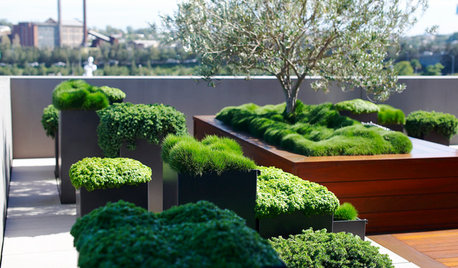
LANDSCAPE DESIGNSee How to Turn a Small Outdoor Room Into a Peaceful Retreat
Really, that neglected terrace or courtyard can become the garden of your dreams
Full Story
SAVING WATER11 Ways to Save Water at Home
Whether you live in a drought-stricken area or just want to help preserve a precious resource, here are things you can do to use less water
Full Story
SMALL SPACES10 Tips for Chic Little Bathrooms
Get more visual appeal and storage in less space, following the lead of these stylish compact bathrooms
Full Story
HOUSEKEEPING20 Things You Might Be Forgetting to Spring-Clean
Clean these often-neglected areas and your house will look and feel better
Full Story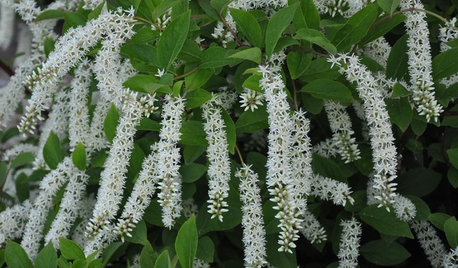
RED FOLIAGEGreat Design Plant: 'Little Henry' Sweetspire
Small in stature but big on impact, this fuss-free shrub promises spring flowers, fiery fall color and good manners in the garden
Full Story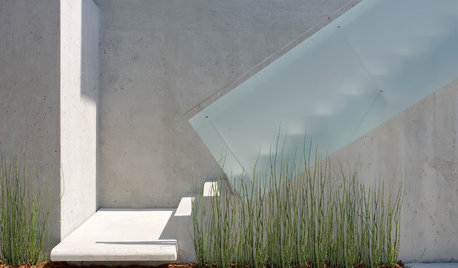
LANDSCAPE DESIGNDoes Your Landscape Need a Little ‘Cosmic Latte’?
Beige — the color of the universe — can be both building block and backdrop in a contemporary garden
Full Story
GREEN BUILDINGWater Sense for Big Savings
Keep dollars in your pocket and preserve a precious resource with these easy DIY strategies
Full StoryMore Discussions






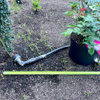
ginny12